Researchers at the University of New South Wales have improved the aerodynamics of aircraft by putting rows of tiny synthetic jets along the wings of aeroplanes —much like the suck and blow jets octopuses use to move through the water.
The models tested demonstrated smoothing of the air flow over the wing section. This would infer a faster and smoother ride on aeroplanes.
If adapted to aircraft this would potentially mean less fuel and ultimately less cost.
“When an aeroplane moves through air, there is a very thin layer of air close to the aeroplane that generates friction slowing it down. This is called the boundary layer,” says Nicholas Findanis, a PhD student under the supervision of Associate Professor N A Ahmed at the University of New South Wales.
“What develops is a large pressure which opposes the forward motion of the aeroplane,” says Nick.
“The air separates from the wing like little whirlpools of air— and it is this turbulence that reduces the aerodynamic efficiency of the aeroplane.”
“We wanted to stop this large pressure building up.”
Knowing how marine creatures such as octopus, squid and jellyfish propel themselves through water, Nick and his colleagues put rows of tiny jets along the top of the wing of the aeroplane.
The jets suck air in and push it out again disturbing the air around the wing and, paradoxically, improving the flow of air over it.
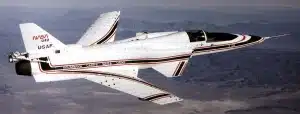
Nick’s trials use a wing based on the Grumman X29 experimental aircraft. Photo Credit: NASA/Larry Sammons
“We hope synthetic jets will enable us to improve the aerodynamic performance of all types of aircraft,” says Nick.
“Many other key areas in the transportation and industry sectors could also benefit.”
The researchers’ findings also have significance for various fluid mechanical devices of practical significance such as turbomachines and rotors where control of three-dimensional flow separation is required.
Now the team is looking for funding to take the concept from model aircraft to the real thing.
Nicholas Findanis is one of 15 early-career scientists presenting their research to the public for the first time thanks to Fresh Science, a national program sponsored by the Australian Government.
- For interviews, please contact Nick on 0418 445 011 or (02) 9792 0235
- For Fresh Science contact: Sarah Brooker on 0413 332 489 and Niall Byrne on 0417 131 977 or niall@freshsciencpe.org
Additional photographs:


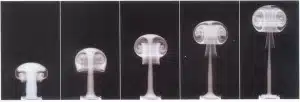
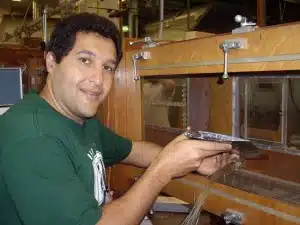
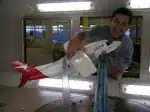

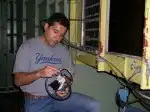



 Fresh Science is on hold for 2022. We will be back in 2023.
Fresh Science is on hold for 2022. We will be back in 2023.